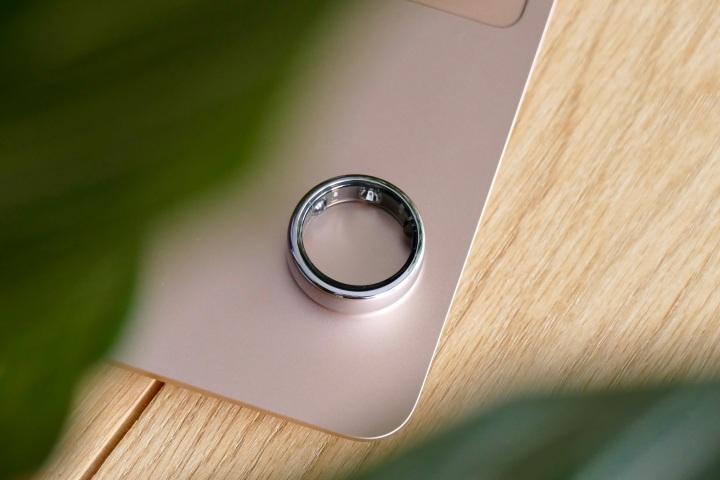
It was once a case of just buying a fitness tracker, strapping it on your wrist, and going about your business. You paid one price, and that was that. Unfortunately, this familiar, clear, and simple buying process is disappearing, and being replaced by one that’s far more complicated. No longer is it enough to pay once for your new piece of tech; the new way is to pay again and again to track your health.
Never has it been so important to fully understand what your desired piece of wearable technology actually costs, because the price on the shelf isn’t necessarily the end of your spend anymore.
Understanding the subscriptions
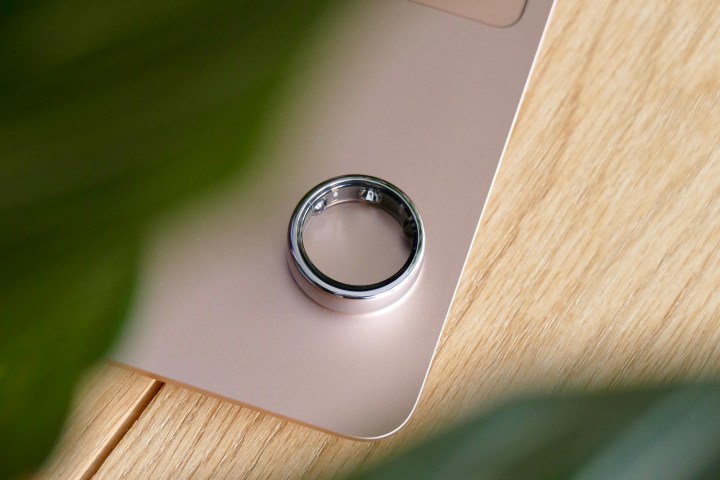
Health and fitness trackers are slowly but surely moving to a subscription-based model, similar to the ones operated by Netflix and Disney+. The goal is to lock you in as a long-term customer who has to pay every month for the pleasure of seeing the insights created from your data. That’s another subscription to add to an ever-growing list, which includes not only streaming music and movie services, but weather apps, photo-editing software, creator platforms like Patreon, and even specialist chat apps .
The thing is, you usually know exactly what you’re getting into with one of these services. The monthly costs are pretty clear, there are often multiple choices to suit different budgets and needs, and very few have any kind of upfront payment because there’s no special hardware involved. If you cancel, then you lose access to the platform or service, as expected.
With a wearable that has a subscription attached to it, you most often pay upfront for the device itself first and, after a free-trial period, pay a subscription to continue accessing the app and its data, either partially or completely. If you stop paying, the functionality will be impacted. This could mean either missing out on some features and making the device less worthwhile or — in the most extreme cases — the hardware becoming completely useless.
You usually know exactly what you’re getting into with one of these services.
Unlike Netflix, health-focused subscriptions require a great deal more thought before committing. Remember, the only way you benefit from a health and fitness wearable is if you wear it. If you’re not sure you’re always going to do this, which is completely normal, then it’s imperative to understand how much you’re really going to end up paying for it. This will take effort, as it’s not always very obvious at all.
Get your calculator out
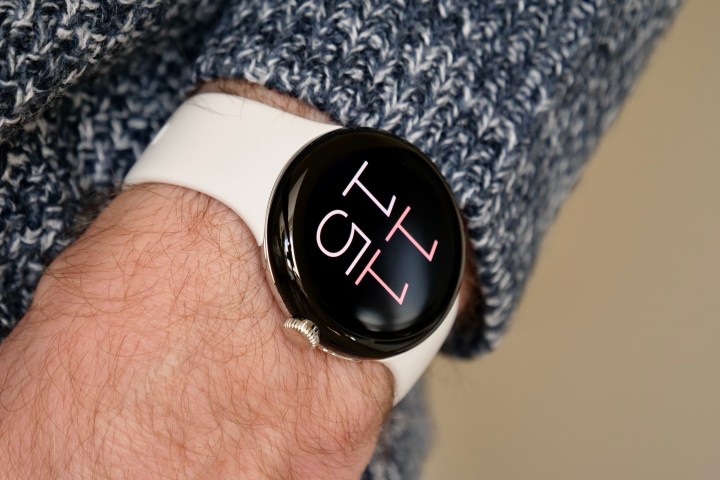
You’ve got your eye on a Pixel Watch, and accept it’ll cost $350 to get it on your wrist. It uses Fitbit as its health-tracking platform, and after six months of using it, you’ll either have to pay for Fitbit Premium or lose certain features — including in-depth sleep tracking. Fitbit Premium costs $10 per month, and this subscription also applies to every Fitbit smartwatch and fitness band.
Perhaps you fancy the Oura Ring instead? It starts at $300, but after six months, you’ll have to pay $6 per month to access almost all the features in the app. Maybe the cheap $80 Amazon Halo View has caught your eye; just be aware that price is really just for a year of ownership — if you want all the features in year two, it’ll cost you $4 per month. Mobvoi’s TicWatch smartwatches have a $5 monthly subscription for advanced sleep tracking, Withings’ smart scales have the Health+ platform for $80 per year, and you could even put Peloton’s essential and expensive monthly plan in all this too.
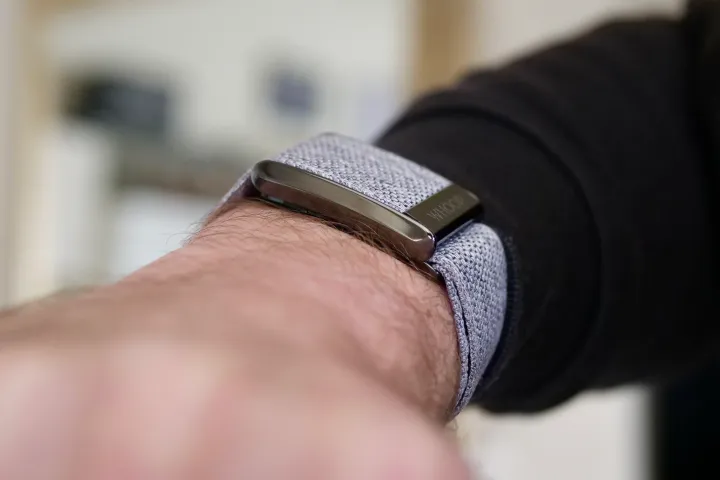
Then there’s the Whoop 4.0. The hardware is technically free, but you must pay a monthly or yearly subscription to access the app. There are multiple options, representing different levels of value depending on how long you’re prepared to commit, or how much you’re happy to pay upfront. These few examples are just the start, as there are many other less common fitness wearables that also have subscription systems attached.
The thing is, none of it is simple. When buying any of these products, you have to be acutely aware of how long you get to enjoy all the features for free, and what features you’ll lose if you decide not to pay. The fact you have to pay is never a secret, but it takes time and effort to understand exactly what you’ll eventually miss out on if you don’t pay the subscription, and you often won’t really know how helpful or important these features are to you until you start using the product. Subscriptions do nothing but complicate things.
Think long-term
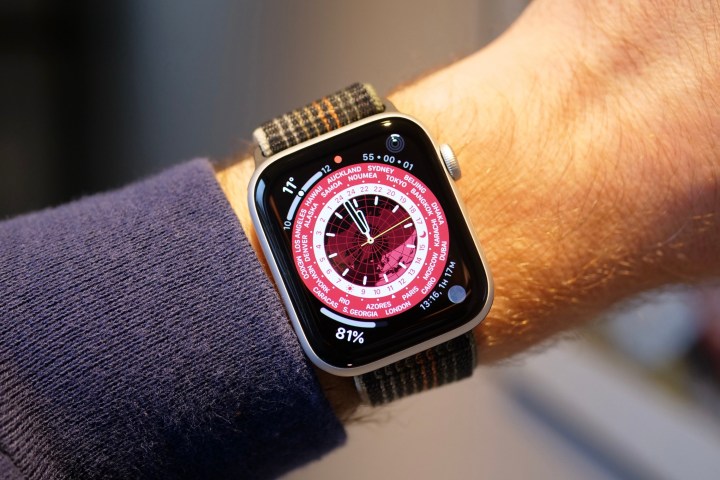
Think of it like this. You pay $400 for an Apple Watch Series 8, and whether you wear it for two months or two years, you’ll have only ever paid $400. This is not the case with a subscription-based fitness tracker. The Fitbit Luxe costs $130, but if you want Fitbit Premium on day one and day 730, the actual cost will be more like $270. It’s even more expensive and more complicated with the Whoop 4.0. When I reviewed the Whoop recently, I felt the need to create a chart to show how much ownership would cost over two years.
Many of us see a fitness tracker as a tool to encourage ourselves to be more active, but even with the best will in the world, it doesn’t always happen. The wearable can easily find itself out of battery and abandoned. This unfortunate situation is bearable after a one-off payment, but far less so when there’s a monthly charge attached. Maybe it’s more motivational when you’re continually paying, but to me, this is the same self-deception as thinking that joining a gym and paying the monthly subscription will be motivational. After all, we all know how that usually goes.
When I reviewed the Whoop recently, I felt the need to create a chart to show how much ownership would cost over two years.
The influx of subscriptions for fitness wearables means you have to be wiser and more informed than ever about the final cost of a product, and not just the price of entry, while staying realistic about what you expect to get out of it long-term. If at any point you’re not sure about your commitment, or about your willingness to continue paying to learn from the valuable data you provide in the first place, then look elsewhere. Apple, Samsung, Garmin, Polar, and various others all provide their excellent health and fitness services for free , and have superb hardware to go along with them too.
Editors’ Recommendations



